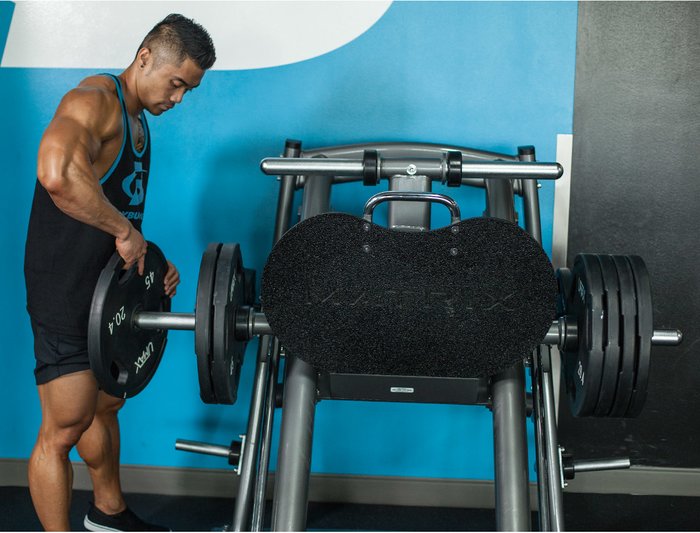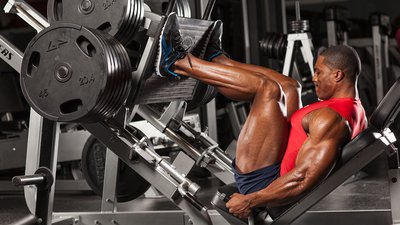It was 20 years ago, when I was training in Southern California's San Fernando Valley, that a precocious and vocal college student named Stan McQuay endlessly challenged me to use more weight on my leg exercises. Half my age but already ahead of my development, he, more than anyone, pushed me to do more, namely by calling me out from across the gym floor!
In my defense, it should be noted Stan readily developed into a 202-level IFBB pro and was most recently seen on the pro physique circuit.
But I was not one to back off a challenge; after all, he practically questioned my manhood! I added two extra 45-pound plates on every leg exercise I did, hoping that 10 wheels on each side of the leg press more or less looked the same as his 12. I even tried 12 once—and my legs were shaking as hard as the Northridge earthquake that struck two years earlier. Perhaps that was a bit too much! So I peeled off one plate from each side.

Discovering A Secret To Muscle Growth
And that, my friends, is how I discovered the effects of an exercise phenomenon called post-activation potentiation, also known as the max-out method. The technique allows one exercise to immediately enhance the performance of another exercise performed shortly thereafter.
Before I get into the science, let me continue with how my leg workout proceeded from there. Having 12 wheels on each side was just too much, so instead, I stripped one off each side and attempted 11. That was normally a very challenging weight that I'd struggle with, but after doing the 12s, it suddenly became more manageable. I mean, now I could handle the weight, and it was much easier! In fact, other lighter loads across the board all became easier to do.
In The Batter's Circle
The specific mechanism at play isn't completely understood. In "Jim Stoppani's Encyclopedia of Muscle & Strength," the author writes, "Although the exact mechanism for this phenomenon has not been pinpointed, scientists currently believe that it may be due to enhanced excitation of the central nervous system or to molecular events in the muscle fibers themselves." In simpler terms, performing a heavy set first causes your muscles to become more sensitive to substrates that enhance the strength of a muscle contraction.
Additionally, it can increase synaptic excitation, which increases the force-generating capacity of your muscles. Stoppani continues: "When you suddenly drop the weight, it feels lighter than it normally would, because your nervous system is calling in more muscle fibers to do the job than it normally would for the lighter set. This is the reason baseball batters swing with a weighted bat before hitting with a much lighter bat."

Regardless of the mechanism, the bottom line is that it may increase your power and force production on lighter sets by up to 10 percent.
While research shows the legitimacy of the technique, there's no consensus as to the best way to use it. Here are a few recommendations based on my and others' experiences.
- Do it with your major lifts early in your workout session. If fatigue has already set in, you've probably waited too long.
- As a heavy weight, go as high as 90-95 percent of your 1RM. Do just a rep or two; you're not looking to go to muscle failure.
- Take a generous rest period before your next lighter set.
- Back off the weight to 80 percent of your 1RM, a load you should be able to lift for even more reps. Conversely, you could go a bit heavier and achieve the same number of reps as you'd previously done with a lighter weight.
- One very heavy set may deliver benefits to just one succeeding set, or possibly more. You may have to do a single max-out set (keep the reps very low) before each lighter working set. Don't cut your rest intervals short.
- Do the remainder of your body-part workout as you would normally.

